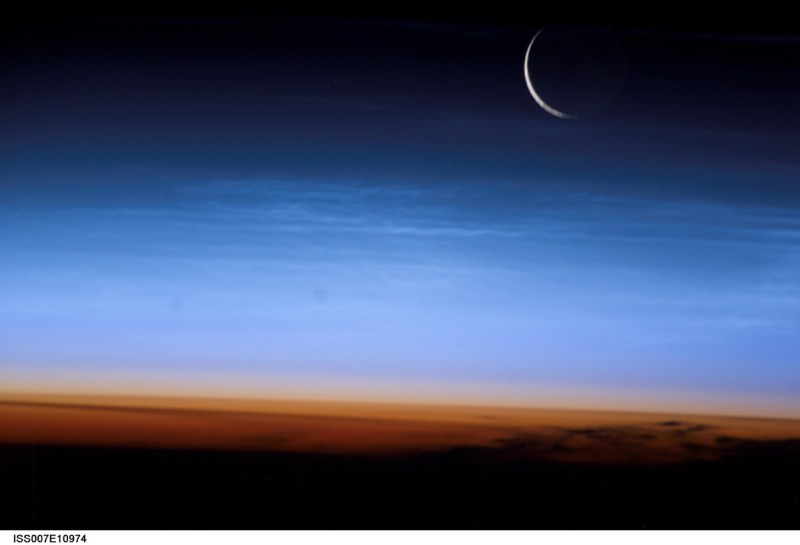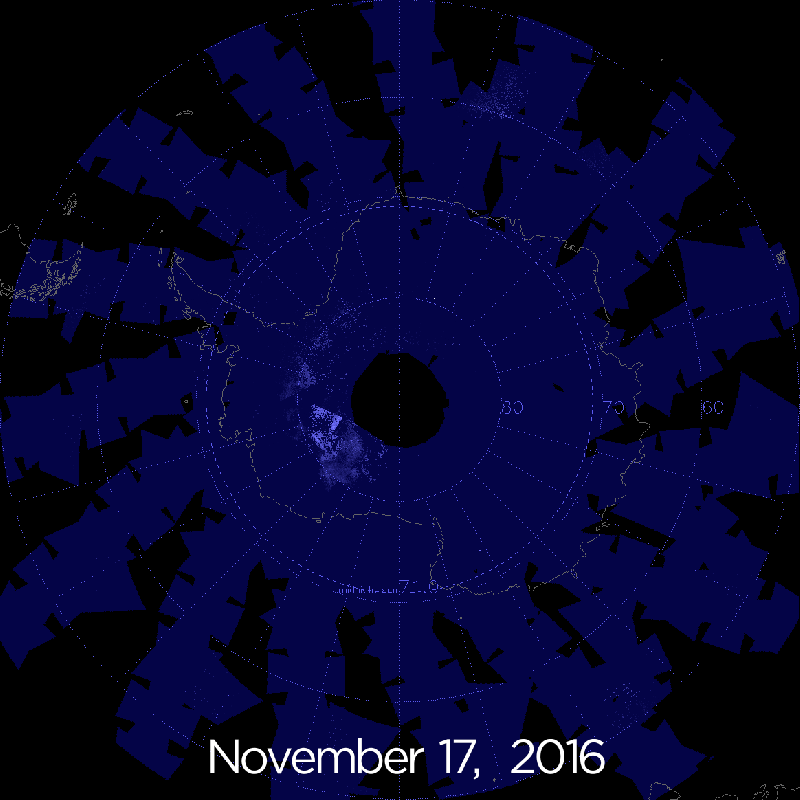
A blanket of electric blue clouds swept over Antarctica last month, and NASA isn’t sure why.
Known as noctilucent clouds, they were observed by NASA’s AIM (Aeronomy of Ice in the Mesosphere) spacecraft as they covered the South Pole. While this unique cloud coverage is an annual occurrence, the noctilucent clouds started gathering on Nov. 17, a few weeks ahead of schedule. Their unusual blue color can only be seen from space as the clouds reflect sunlight.

Noctilucent clouds occur in the mesosphere, a portion of the atmosphere about 50 miles above the Earth’s surface. NASA monitors cloud activity in the mesosphere as a way of studying general atmospheric conditions and how they connect to our weather and climate.
This cloud activity could be connected to earlier seasonal changes at lower altitudes, and AIM data has repeatedly shown that changes in one region of the atmosphere affect distant responses elsewhere, in what NASA calls “atmospheric teleconnections.” What those specific changes are remains to be seen, but NASA’s curiosity has been piqued.
This article was featured in the InsideHook newsletter. Sign up now.
























